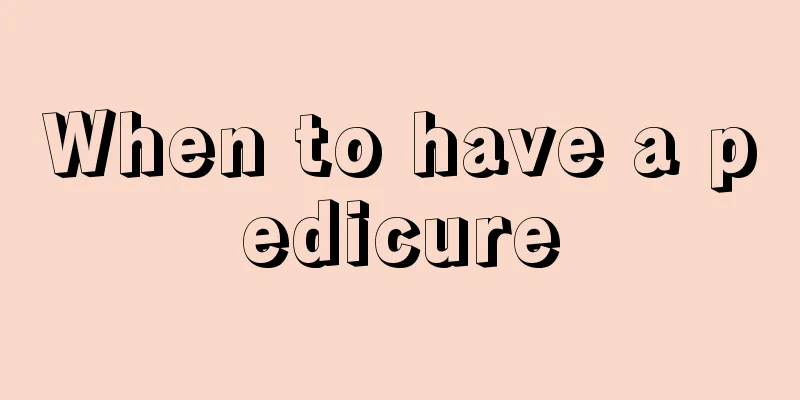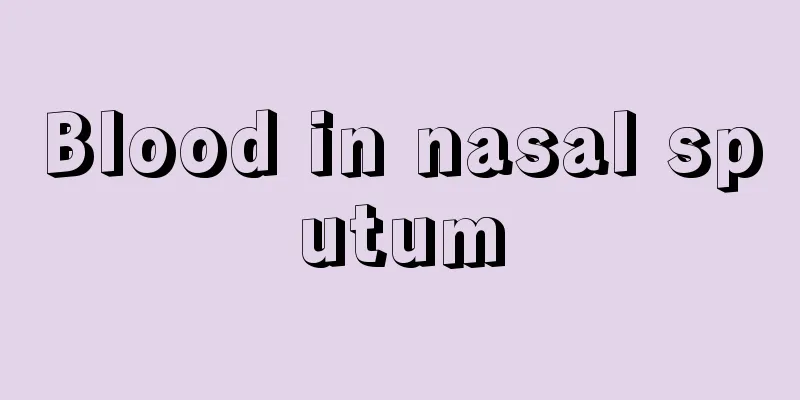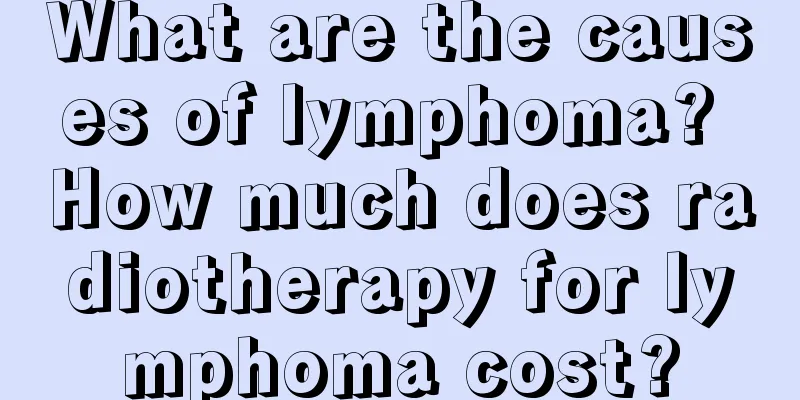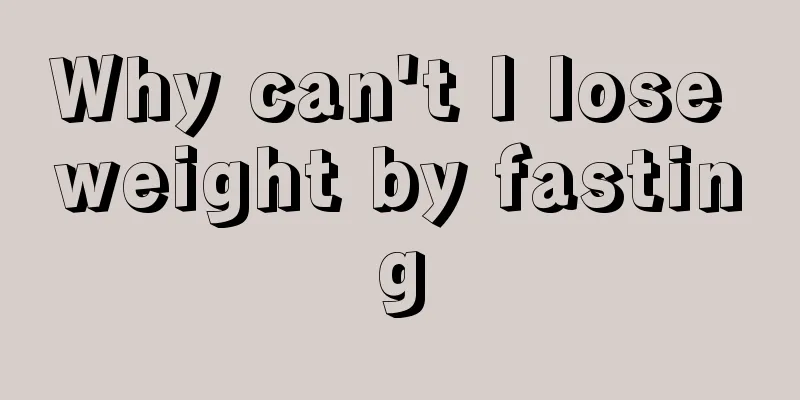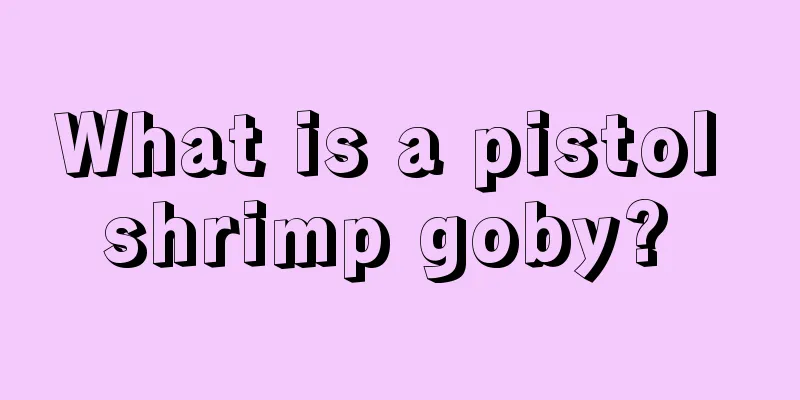Why does moxibustion feel very hot? What causes moxibustion burns?

|
Many people like to use moxibustion as a physical therapy to treat diseases. Moxibustion mainly targets various acupuncture points on the human body to achieve the purpose of treating diseases. However, since everyone's physique is different, everyone's reaction to moxibustion is different. Some people will sweat and have fever during moxibustion. So why does moxibustion feel very hot? Moxibustion, why do some people feel very hot? For moxibustion, is hot or warm better? This is an old topic, and I bring it up again today because many people have left messages asking about it. Moxibustion is not barbecue. Many people don’t understand that there is no method when doing moxibustion, and it is no different from barbecue! "Zhi" "Zhi" has "yue" on the top, commonly known as the "rouyue" radical, which means "meat", and "huo" on the bottom, so its original meaning is to roast meat with fire. Moxibustion, which means burning, is composed of "huo" and "jiu". Moxibustion uses fire to treat diseases, which requires "long", attaches importance to "long", and uses "long". The organic combination of fire and "long" can achieve the effect of curing and preventing diseases. Moxibustion is about entering the acupuncture points. The energy of Yang Qi and the energy of moxa are used to relax the meridians, promote blood circulation, reduce inflammation and dissipate cold. The energy must enter the body through the acupuncture points. Therefore, moxibustion is a method of penetrating Yang energy into the body by opening the pores, opening and closing the acupoints, and unblocking the meridians. Moxibustion focuses on the penetration of the moxa fire and medicinal power, rather than roasting. Qinaier Moxibustion However, for some people, during moxibustion, some acupoints do not feel hot, while others feel very hot. What is the reason? Not hot: It indicates that the body is extremely cold, which cancels out the heat, so you don’t feel hot. It may also be because you have been too tired recently, resulting in weak Qi and blood. At this time, the amount of moxibustion should be increased (i.e., the time and frequency of single-point moxibustion should be increased). Scalding: There is congestion in the meridians, and the heat cannot penetrate. The burned areas are mostly problematic areas: areas that cause pain or nodules when pressed, or areas that are usually uncomfortable or painful. At this time, you should use your hands to rub more to clear the meridians. During moxibustion treatment, the main consideration is the patient's feelings, with the redness and warmth of the skin being the standard, rather than pursuing "hotness". Therefore, during moxibustion treatment, patients should pay attention to the feeling of moxibustion and not get the key point wrong. Qinaier Moxibustion The essence of acupuncture treatment is "Qi reaches the diseased area", so "getting Qi" is very important! After acupuncture or moxibustion at certain acupoints or specific parts of the body, the human body may experience special sensations such as sourness, numbness, heat, swelling, heaviness, coolness, and itching. Moreover, this sensation starts from the stimulated acupoint and occurs along the meridian route. The sensing methods include diffusion, ant movement, water flow, deep penetration, etc. Maimai Moxibustion reminds you that the speed of this sensation transmission can be fast or slow, and the direction of the sensation transmission can also vary. Meridian sensation is a sign that the meridians are open. If the meridians are open, the effect of treating diseases will be very significant! Qinaier Moxibustion Symptoms are relieved wherever the moxibustion sensation is transmitted: (1) Suspended moxibustion on the Fengmen acupoint can transfer the heat and swelling sensation to the shoulder, and years of shoulder pain can be immediately relieved. (2) Suspended moxibustion on the Yanglingquan acupoint can transmit the heat and swelling sensation to the waist, and the years of heaviness, tightness and pain in the waist can be immediately relieved; (3) Suspended moxibustion on Sanyinjiao, the heat flowed to the lower abdomen, and the pelvic effusion was significantly improved after several treatments; (4) Suspended moxibustion on the Tianshu point allowed the heat to flow directly into the abdominal cavity. After several treatments, the intestinal function that had been disordered for many years was significantly improved. The thermosensitive points of some diseases are distributed in high-incidence areas, such as facial paralysis in Yifeng, colds in Fengfu and Shangyintang, pelvic diseases in Sanyinjiao, and ophthalmic diseases in the ear acupoints in the earlobe area. Just as it is said in the Yellow Emperor's Classic of Internal Medicine, "The key to acupuncture is that it is effective when the qi reaches the target." Many Chinese medicine practitioners and moxibustion practitioners, in clinical treatment, focus more on dialectical and precise acupoint selection and the pursuit of qi, rather than burning, and all of them just require "warmth as the degree" and "skin flushing" to be sufficient. If you want to get the qi, it is best to hold the moxa stick in your hand and suspend it for moxibustion, or you can do it through an object. |
<<: How to deal with itching after moxibustion
>>: What are the reactions after moxibustion
Recommend
Is cold light teeth whitening useful? What is cold light whitening?
A confident and charming smile is not only insepa...
Diet for brain tumor starts with understanding the pros and cons
Currently, brain tumor is a disease of unknown ca...
What is Raynaud's syndrome?
Raynaud's syndrome is also called peripheral ...
What's wrong with bleeding after an injection
Bleeding after injection is a relatively normal s...
What to eat for skin allergies? Seven foods can keep you away from skin allergies
Why is the skin prone to allergies? People who ar...
How to do drug chemotherapy for bladder cancer
Chemotherapy is a common treatment for various tu...
What are antigens and antibodies
When you go to the hospital for a physical examin...
How do the parasympathetic nerves control muscles
The parasympathetic nervous system is very import...
Three symptoms of colon cancer that you must pay attention to
Three symptoms of colon cancer that you must pay ...
Does advanced lung cancer still require surgery?
Once such changes occur in the late stage, our su...
What should I do if chewing gum gets stuck on my clothes?
Many people are troubled by chewing gum stuck on ...
Introduction to the causes of esophageal cancer that everyone should know
In recent years, with the change of eating habits...
What to do if you have insufficient Qi and blood and lose your hair
Insufficient qi and blood may cause many problems...
How to treat hemorrhoidal bleeding?
Hemorrhoids are mainly divided into three categor...
Why do teeth become loose due to a cold?
Cold is a disease that is relatively common in th...

